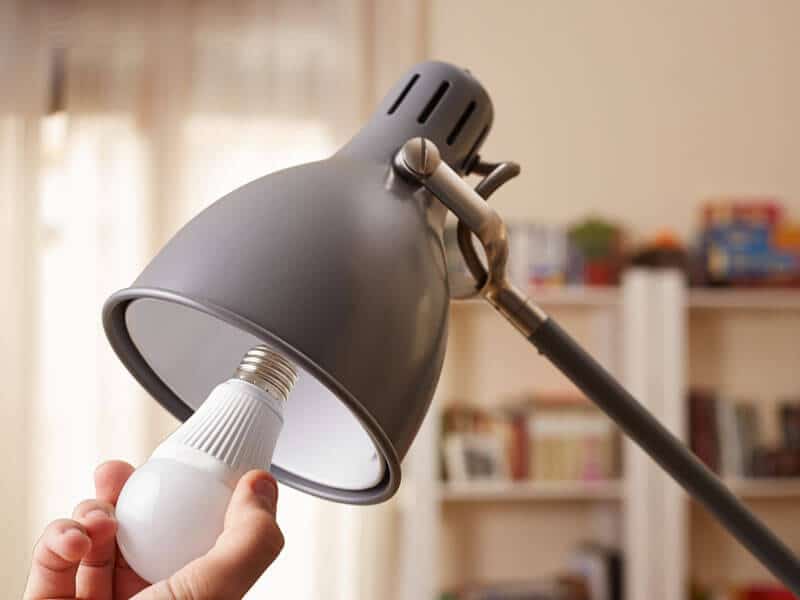Safety First
First and foremost, let us talk about safety options for lighting and electrical work obviously go hand in hand. Think about tamper resistant outlet and three-prong ones, GFCI plugs and breakers, fuses along with Residual current devices and of course properly checked wiring. However, lighting safety doesn’t just end there. Opt for brightly lit stairways, bathrooms, and all the places that can be a potential hazard for you or your family when in the dark.
Consider Dimmers
One of the best kept secrets of a good lighting design for your home is the use of light dimmers. Lighting creates the atmosphere and sets the environment in your home. What better than being able to control exactly how much light you need in the space you’re in. Give a room some intrigue, some drama with dim light, or brighten things up at night, change the lights depending on your mood and your company.
Lights and Energy Consumption
Most people tend to romanticize home renovations and forget about energy consumption and electricity bills when they’re shopping for the best chandeliers and lights and lamps for their home. However, it’s important to keep energy consumption and wattage at the forefront of your mind when lighting up your house. Try and understand that not only rooms require the same amount of lighting. Functional rooms such as the laundry and bathroom need more wattage while the lounge or dining area, not so much. The bulbs and lights that use more watts are the one that rack up the most bills because they’re consuming a greater amount of energy. The alternatives such as LED bulbs or the longer lasting CFL ones do tend to cost more upfront, however, they’re quite economical in the long-term.
Fixtures and Fixture Sizes
Lighting is quite possibly the jewelry that your home wears. It plays a vital role in influencing how your home looks. Your choice of light fixtures, fixture sizes and types all influence whether the lighting in your home is subtle and pleasing, or is your home piercing bright with lights better suited to a stadium instead of a residential house. Use layered lighting with different overhead, task and accent lighting. Pick proportionate light fixtures keeping in mind the ambiance of the room and its size. An over-sized lamp on a small table besides a cozy sofa seat wouldn’t do, nor would small hanging light on top of a rather large sized formal dining table.

